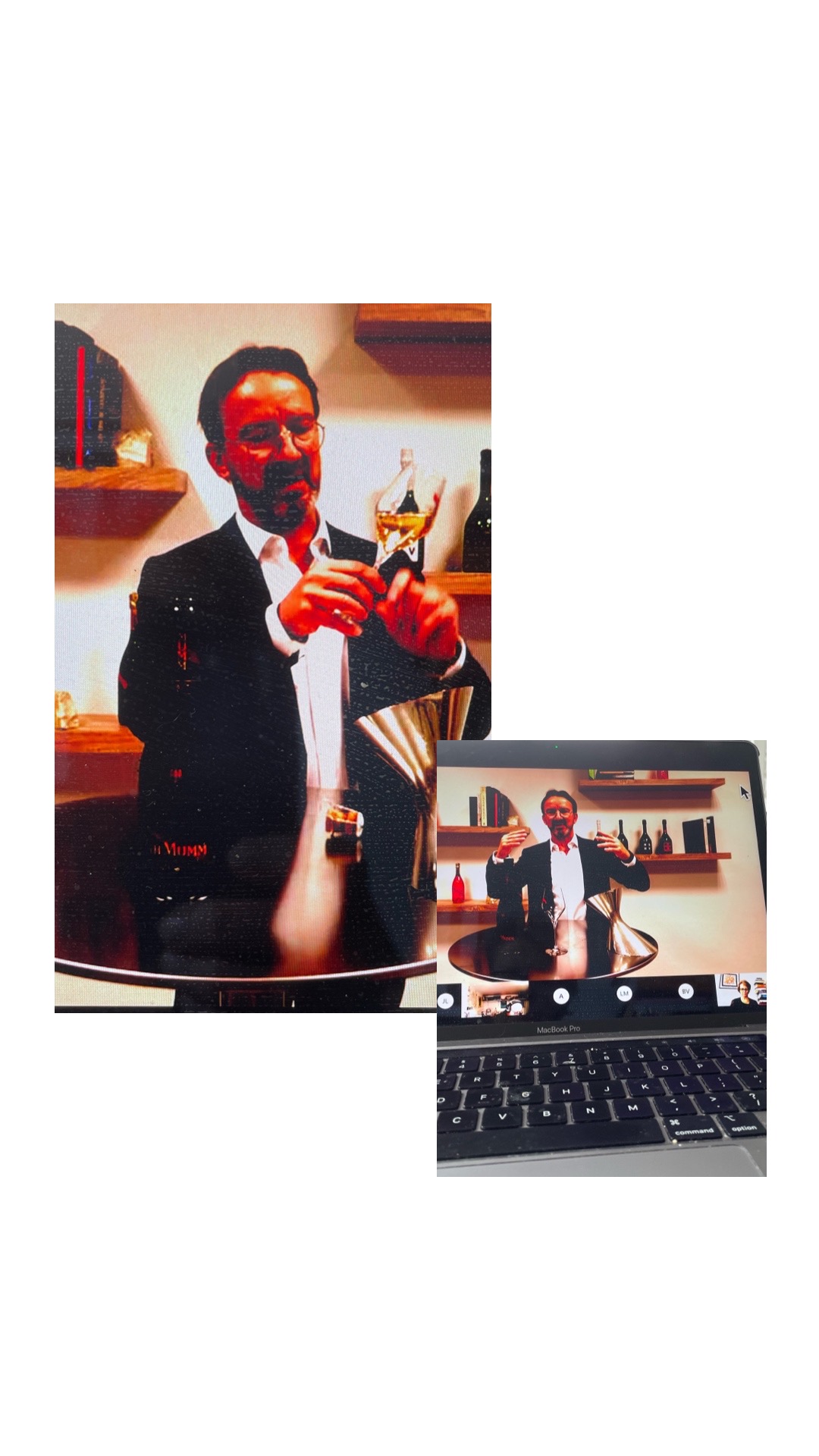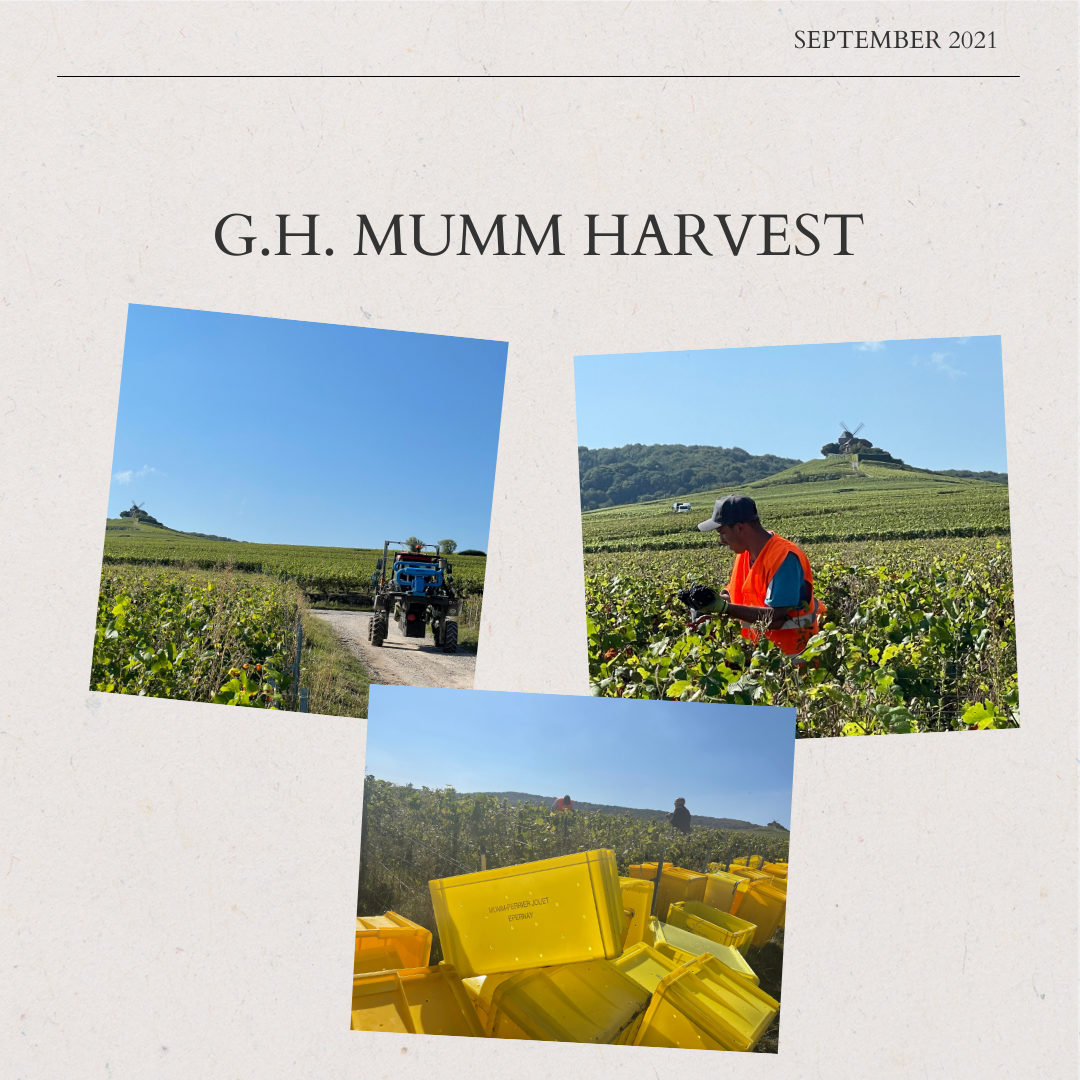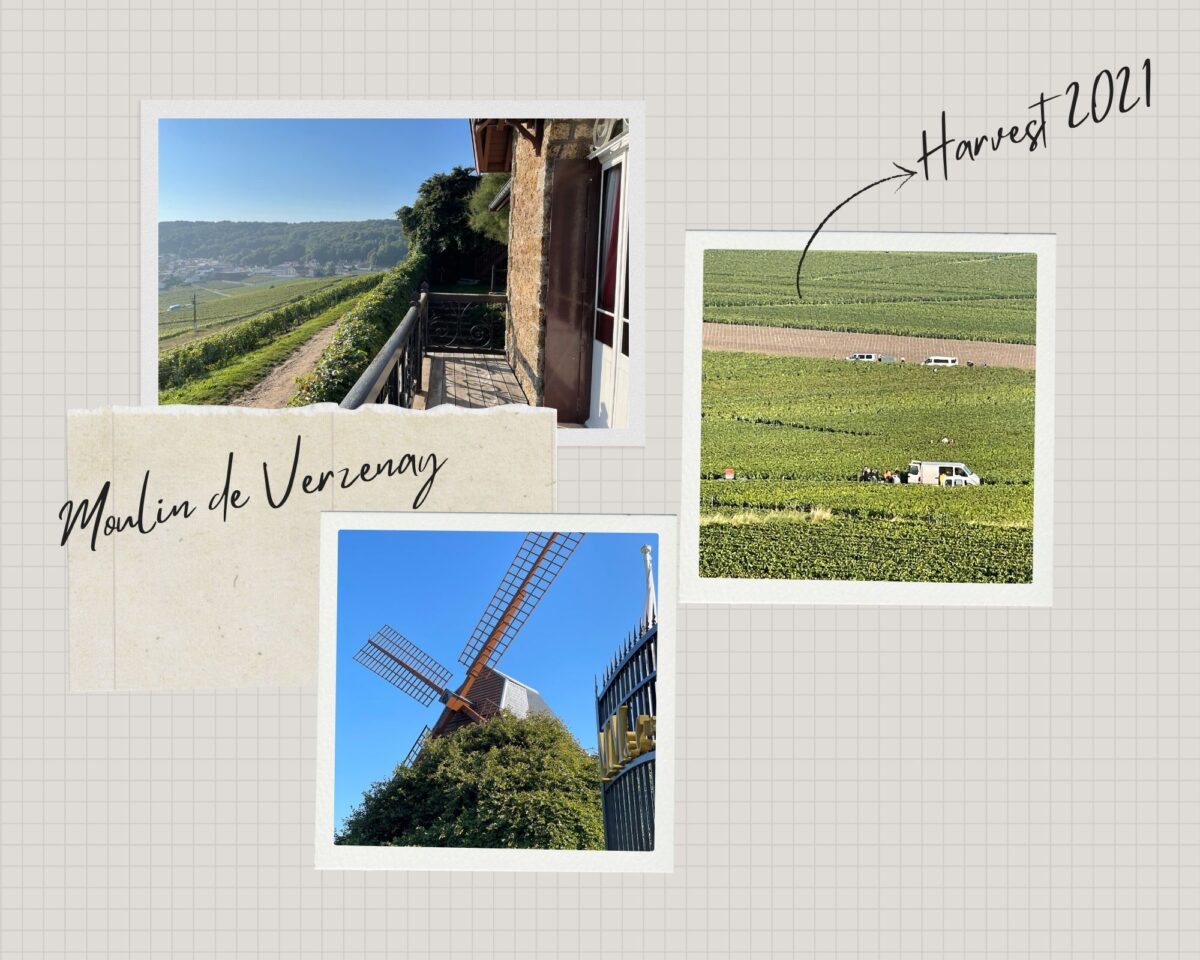Yesterday I participated in a virtual tasting with Cellar Master Laurent Fresnet of Maison Mumm to celebrate the release of Mumm Millésimé 2015. It was wonderful opportunity to see Laurent again and engage in the online conversation. Unfortunately, I couldn’t participate in the tasting portion (at this time) my bottle was stuck at customs.
What I did learn – Mumm Millésimé 2015 is crafted exclusively from Pinot Noir grapes and were harvested from the best plots of the Montagne de Reims Grand Cru villages of Verzy, Ambonnay and Verzenay, and the Chardonnay grapes were harvested from plots in the Côte des Blancs Grand Cru villages of Cramant and Avize.
Mumm Millésimé 2015 blend
75% Pinot Noir
25% Chardonnay
[100% Grands Crus]
Mumm Millésimé 2015 underwent full malolactic fermentation which reveals supple, round character, delicate toasted aromas and notes of biscuit.
The dosage is 6 g/liter (brut).
This vintage was aged for five years in Maison Mumm’s cellars beneath the city of Reims.
Maison Mumm’s style reveals the essence of Pinot Noir – with its power and rich, elegant fruit, the black grape takes pride of place in the House’s classic blends, to which Chardonnay and Meunier grapes add their inimitable floral and fruity notes.
Tasting Notes: watch this space for my tasting notes in the next few weeks.
#virtualtasting #winelover #wine #champagne #champagnelover #winetasting #Mumm #Mummexplores #MummChampagne #champagnetasting #champagnemoments #MummMillésimé2015
@GMMumm





